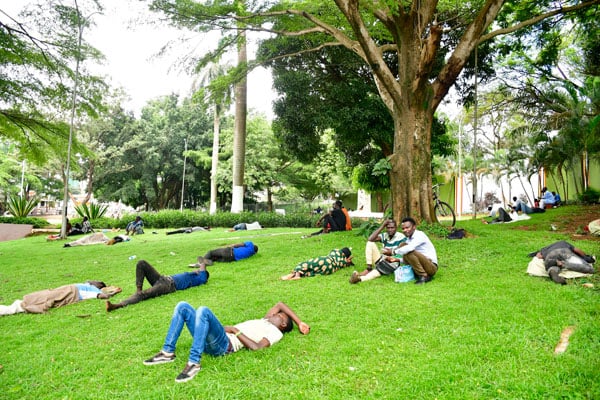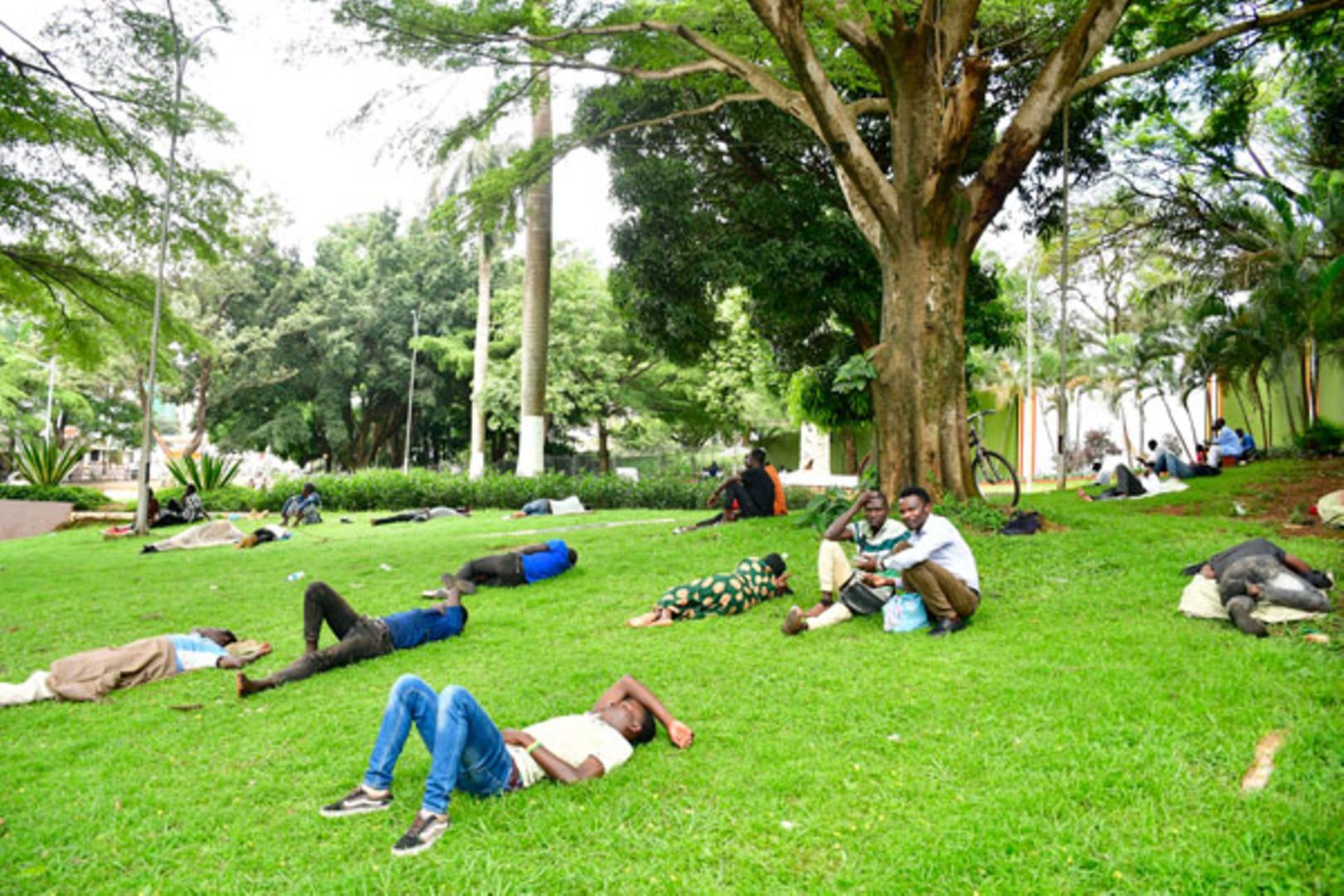World Bank lowers Sub Saharan Africa economic growth to 3.1% in 2023

A busy street on Namirembe Road near Kikuubo and Mukwano Arcade. The rising costs have affected business in several countries including Uganda. PHOTO | FILE
What you need to know:
- The report further states that “stubbornly high inflation and low investment growth continue to constrain African economies."
The World Bank in its Africa Pulse issue for April has lowered prospects of economic growth in Sub-Saharan Africa (SSA) from 3.6 percent in 2022 to 3.1 percent in 2023.
The World Bank said in Washington DC that uncertainty in the global economy (inform of slowdown), the underperformance of the continent’s largest economies, high inflation, and a sharp deceleration of investment growth is dragging down economic growth in the SSA.
The Africa Pulse report released April 5 also states that slower investment growth in Sub-Saharan Africa is holding back long-term growth of output and per capita income, as well as progress towards achievement of the Sustainable Development Goals (SDGs).
Economic activity in South Africa is set to weaken further in 2023 (0.5% annual growth) as the energy crisis deepens, while the growth recovery in Nigeria for 2023 (2.8%) is still fragile as oil production remains subdued, the report highlights.
The real gross domestic product (GDP) growth of the Western and Central Africa sub region is estimated to decline to 3.4% in 2023 from 3.7% in 2022, while that of Eastern and Southern Africa declines to 3.0% in 2023 from 3.5% in 2022.
Meantime, investment growth in Sub-Saharan Africa fell from 6.8% in 2010-13 to 1.6% in 2021, with a sharper slowdown in Eastern and Southern Africa than in Western and Central Africa.
“Weak growth combined with debt vulnerabilities and dismal investment growth risks a lost decade in poverty reduction,” said Dr Andrew Dabalen, World Bank Chief Economist for Africa.
“Policy makers need to redouble efforts to curb inflation, boost domestic resource mobilization, and enact pro-growth reforms—while continuing to help the poorest households cope with the rising costs of living,” he added.
In Uganda on April 6, the Monetary Policy Committee (MPC) of the Bank of Uganda projected economic growth in the 5.5-6.0 per cent range for the FY2022/23- remaining below its long term trend until FY2025/26- partly because of the tight domestic and external financial conditions.
The World Bank report indicates that debt distress risks remain high with 22 countries in the region at high risk of external debt distress or in debt distress as of December 2022.
Unfavorable global financial conditions have increased borrowing costs and debt service costs in Africa, diverting money from badly needed development investments and threatening macro-fiscal stability.
The report further states that “stubbornly high inflation and low investment growth continue to constrain African economies, adding that while headline inflation appears to have peaked in the past year, inflation is set to remain high at 7.5% for 2023, and above central bank target bands for most countries.”




